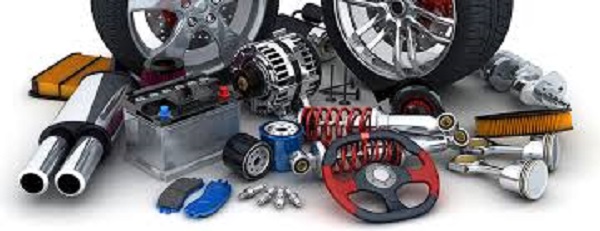EAC Certification of Automotive Products
NEED HELP WITH CERTIFICATION?
EAC Certification of Automotive Products under Technical Regulations of the Customs Union

In today’s globalized automotive industry, ensuring product quality and compliance with regulations is crucial. This article provides valuable insights into the certification process for automotive products under the Technical Regulations of the Eurasian Economic Union (EAEU). Understanding the requirements and procedures involved can help manufacturers and suppliers navigate the certification process smoothly.
Regulatory Framework.
Certification process for automotive products in the EAEU is based on the Technical Regulations (TR). These regulations establish the mandatory requirements for specific product categories. The following technical regulations are commonly applicable to automotive products:
- TR CU 018/2011 “On Safety of Wheeled Vehicles”: Covers general safety requirements for motor vehicles and their components.
- TR CU 010/2011 “On Safety of Machinery and Equipment”: Pertains to the safety requirements for machinery and equipment used in the automotive industry.
- TR EAEU 037/2016 “On Restriction of the Use of Certain Hazardous Substances in Electrical and Electronic Equipment”: Addresses the restriction of hazardous substances in automotive electrical and electronic components.
Types of Certificates and Declarations.
Type of document required for certification depends on the product parameters and its Harmonized System (HS) code. In general, the certification process can involve issuing one of the following documents:
- EAC Certificate: This document is necessary when mandatory certification is required. It demonstrates that the product meets all applicable technical regulations.
- EAC Declaration: In cases where certification is not mandatory, a declaration can be issued by the manufacturer or importer. It confirms that the product complies with the relevant technical regulations.
- Other Documents: Depending on the product category, additional documents, such as test reports, technical passports, and quality management system certificates, may be required.
Popular Products Covered by TR CU.
Technical regulations cover various automotive products. Some of the most common ones include:
- Passenger Cars (HS Code: 8703)
- Trucks (HS Code: 8704)
- Buses (HS Code: 8702)
- Motorcycle Parts (HS Code: 8714)
- Car Batteries (HS Code: 8507)
- Automotive Tires (HS Code: 4011)
- Automotive Lighting Equipment (HS Code: 8512)
- Safety Belts (HS Code: 8708)
- Airbags (HS Code: 8708)
- Child Safety Seats (HS Code: 9401)
Certification Process and Document Requirements.
Certification process typically involves the following stages:
- Product Testing: The product must undergo testing to ensure compliance with the applicable technical regulations.
- Document Preparation: The necessary documents, such as technical descriptions, technical passports, and drawings, must be prepared.
- Certification Body Selection: Choose an accredited certification body authorized to issue EAC certificates or declarations.
- Application Submission: Submit the application along with the required documents to the certification body.
- Factory Audit (if applicable): Depending on the product, a factory audit may be required to assess the manufacturer’s production capabilities.
- Certificate/Declaration Issuance: Upon successful evaluation, the certification body issues the EAC certificate or declaration.
The specific documents required for certification vary depending on the product and technical regulations. It is advisable to consult our experts at MASTCERT for accurate and detailed information tailored to your specific case.
Certification Timeframe.
Certification process duration depends on several factors, including the complexity of the product, the availability of required documents, and the workload of the certification body. On average, the certification process can take several weeks to several months. It is recommended to initiate the certification process well in advance to avoid delays in product launch or distribution.
Conclusion.
Certifying automotive products under the Technical Regulations of the Eurasian Economic Union (EAEU) is a crucial step to ensure compliance with mandatory requirements. By understanding the relevant technical regulations, the types of documents required, and the certification process, manufacturers and suppliers can navigate the process effectively. For a comprehensive evaluation and guidance tailored to your specific needs, contact our experts at MASTCERT. We have extensive experience in EAC certification and can provide the necessary support to ensure a successful certification process for your automotive products.
By clicking Submit, you agree to Fresh Consulting’s Privacy Policy.
COMPANIES WHICH TRUST MASTCERT
